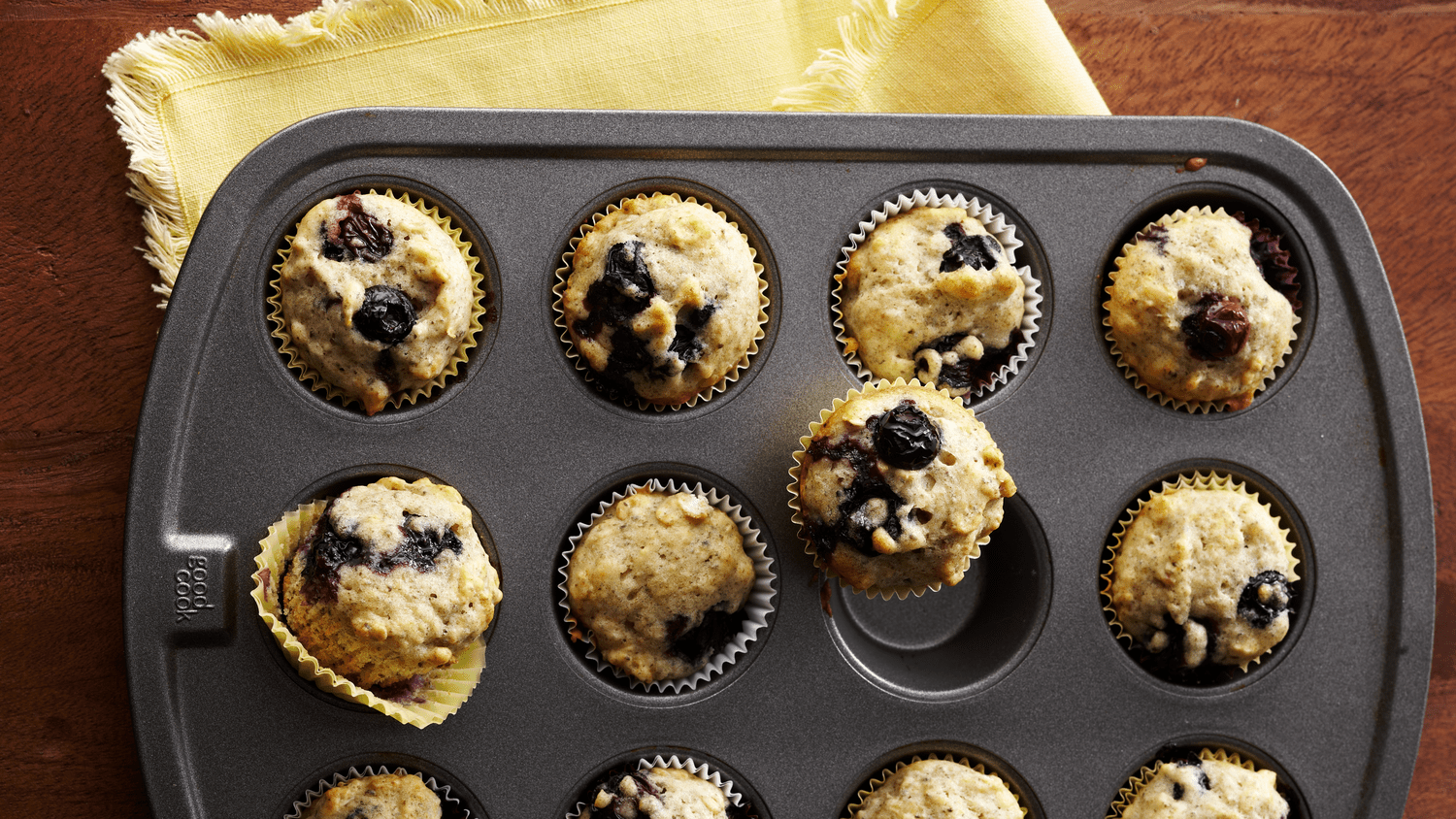There are many common debates that arise time and time again in baking. Should I use butter, oil, or shortening? Sour cream versus yogurt — which is going to make for a moister cake? To chill or not to chill the dough?
Obnoxiously enough, the immediate answer to all such questions is: it depends. And selecting the best pan for your next oven-bound recipe is no exception. That said, once you better understand the different properties that the cookware types bring to the party, choosing the right pan for the job at hand becomes a bit more cut-and-dry. Let’s take a closer look.
Metal
I’m just going to be upfront here — for most of the recipe categories that come to mind when you think of “baking” (such as cookies, brownies, biscuits, cakes, muffins, and the like), metal is the way to go. Metal pans are great conductors of heat; in other words, they heat up quickly, but in turn, they also cool down more rapidly once removed from the heat source. Additionally, metal pans can withstand higher temperatures than glass. Thus, metal pans are great for achieving nice, even browning (especially on foods that won’t be in the oven long, like cookies or biscuits). Metal pans are equally convenient upon exiting the oven, considering that we generally want to cool our baked goods off as quickly as possible in order to eat them.
One thing that’s important to remember with metal bakeware is that the color and coating of the pan will absolutely impact how its contents cook. Dark-colored metal pans absorb more heat and will ultimately cause your baked goods to cook faster, and can result in over-browning on the exterior. The same is true for pans with a dull or matte finish.
Alternatively, light-colored metal pans with shiny finishes will retain less heat and are typically preferable for most baking projects. In fact, many professionals opt for high-quality aluminum baking pans to ensure the best results possible.
The final quality you need to keep in mind with metal is that it is reactive with highly acidic foods, and you’ll want to avoid having such food items come into direct contact with the pan. For example, baking a berry cobbler or crisp (with no bottom crust) is better handled with a glass baking pan. Using a metal or cast iron pan could result in discoloration of the fruit along with an unpleasant, metallic flavor.
When to Use Metal
More often than not, you’ll want to reach for a metal pan when baking the following:
- Cookies
- Brownies
- Cookie Bars
- Muffins
- Scones
- Biscuits
- Rolls
- Cakes
- Quick Breads
Glass
Glass bakeware is heavier and slower to heat than metal, but once it’s hot, it retains that heat for much longer. So when using a glass pan to bake something like a cake or a batch of brownies, you may find that the sides and bottom will brown at a much faster rate than the interior cooks. (A similar issue to what you can face with dark-colored metal bakeware.) For this reason, glass is perfect for dishes that you will bake at a moderate temperature for a while, and then wish to keep warm after it’s out of the oven— say, a casserole or pasta bake that you’re taking from the oven to the table. If you do find yourself needing to bake a cake or a similarly sugary treat in a glass dish, many bakers suggest reducing the oven temperature by 25 degrees in order to minimize your risk of over-browning.
That said, you’ll also want to remember that glass is not ideal for intense heat (from the broiler, for example) and doesn’t handle temperature transitions from one extreme to another very well. Meaning, you don’t want to take a glass pan from the fridge and place it directly into a preheated oven, as it could crack.
Unlike metal, glass is non-reactive with acidic foods, so you don’t need to worry about the effect of your berries, tomatoes, citrus, etc. coming into direct contact with the baking dish. Glass is great, too, because you can see through it. Accordingly, recipes often recommend that less experienced bakers opt for a glass pie dish because it’s easier to monitor how brown/crisp the bottom of their crust is.
When to Use Glass
More often than not, you’ll want to reach for a glass pan when baking the following:
- Casseroles
- Baked Meat Dishes
- Baked Pastas
- Bread Puddings
- Pies
- Cobblers
- Crisps and Crumbles
Now, if all else fails and you’re still not entirely sure what pan to reach for, take a closer look at your recipe — it will often give you a clue. Generally speaking, if a recipe calls for a “pan” or “tin,” go with metal. And if it calls for a “dish,” glass or ceramic is the right move.
Related:
- The 7 Best Casserole Dishes of 2021
- The 11 Best 9×13 Baking Dishes for 2021
- To Sift or Not to Sift: Is It a Waste of Time?




